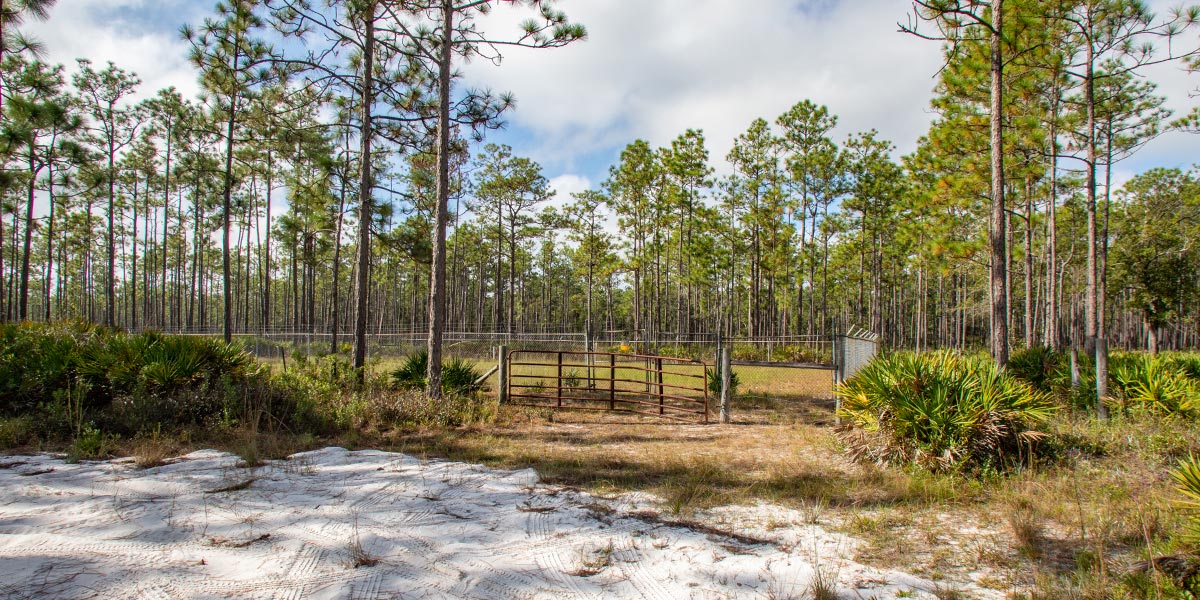
Overview
The Florida State University (FSU) Low-Level Radiation Waste Disposal Site is in a remote area within the Apalachicola National Forest in Leon County, approximately 20 miles southwest of Tallahassee, Florida (Apalachicola Forest Site). Low-level radiation waste generated from laboratory research projects was disposed in the permitted disposal site more than 40 to 50 years ago. FSU is planning the voluntary removal of the wastes from the Site for disposal at a modern regulated disposal facility out of state.
Site History
In the 1950s, the University was approached by the United States Atomic Energy Commission (AEC) to research the effects of low-level radionuclides for a better understanding of possible short- and long-term biological consequences from the use of atomic energy. The AEC issued multiple research contracts to FSU as part of a larger research program consisting of approximately 225 institutions that included universities, non-profit research institutions, and government agencies. In July 1966, the USDA Forest Service granted a special use permit (SUP) to FSU to use the subject property as a waste disposal Site for low-level radiological wastes generated from FSU’s laboratory as part of research conducted under contract with the AEC. Low-level radiological wastes, as well as containerized liquids and associated laboratory wastes were deposited in 26 pits between 1967 and 1979 in accordance with FSU’s license for byproduct materials (AEC License # 9-367) and radiological waste (Florida State Board of Health License #32-10), and under the direction of the AEC.
Wastes were disposed at the site until 1979, and the Site was closed. The Site is small, measuring 110 feet by 150 feet, totaling approximately 0.36 acres, and is surrounded by a perimeter fence approximately 6 feet high with three strands of barbed wire as required by the SUP. The materials that were disposed at the Site were placed in cells excavated in soil at a depth between 4 and 8 feet below ground surface, covered with clean soil from ground surface to 4 feet, and capped with a concrete slab. No other activities have been conducted at the Site, except for surface radiation surveys, groundwater monitoring, and more recently, various site assessment activities. Investigations have identified the presence of 1,4-dioxane, a solvent which was present in liquid scintillation counting fluids for radioactive measurements, as well as very low levels of two common radionuclides known as Radium-226 and Radium 228. While these two radionuclides are present in some research laboratory materials, they also are naturally occurring in Florida, particularly in some clay, limerock, and phosphate soils.
Waste Removal
FSU and the Forest Service have identified technologies that may eliminate the source of contamination and treat impacted groundwater to comply with State standards. An engineering evaluation and cost analysis (EE/CA) has been conducted to address potential cleanup alternatives. FSU is working with the Forest Service and Florida Department of Environmental Protection to address cleanup of the Site, including removal of the wastes for disposal at a modern regulated disposal facility out of state, and treatment of impacted groundwater. Please email questions or comments to Environmental Remediation.

